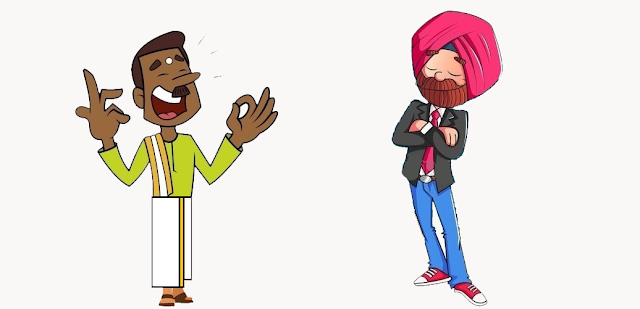
A new paper authored by 92 scientists from around the globe could settle some major questions about the subcontinent’s history and origin of Indian civilization.
My Malice and Bias – A Blog by an Indian Writer
Ten years ago, I met a well-known Indian historian on a plane. We spent hours discussing history of India. I mentioned that my ancestors came from the region of West Punjab where the Indus Valley Civilization blossomed 5,000 years ago. Same land where Vedas were composed, Yoga and Sanskrit grammar was defined, and how proud I am of the facts that my ancestors successfully challenged the Assyrians, Greeks, Persians, and the Afghan invaders. I also shared with him my maternal genetic lineage to the original Kshatriya warriors (Khatri in Punjabi) going back all the way to the Gods of Hindu mythology.
I expected some form of acknowledgement from the learned professor from a well-known University from South India. He replied, “Actually, the South Indians are the real Indians.”
I was shocked and asked, “How about us, the Punjabis?” He replied with a smug smile on his face, “Mr. Singh, I do not want to upset you but the fact is that the South Indians or the Dravidians are the original natives of India. The Punjabis are of a mixed race contaminated by the centuries of invasions by foreigners – Greeks, Persians, Scythian, Turks, and Afghans.”
The “Hindutva” Historians
The same kind of rhetoric is being propagated by a large number of Indian scholars with “Hindutva” leaning philosophy. They have published PhD thesis, written numerous books, and posted on YouTube refuting the so called “Aryan Invasion” theory. They have called it a European conspiracy to stamp upon the great Indian civilization. Hindutva proponents have argued against the Out-of-India theory, claiming that, if anything, Indo-European languages originated in India and spread out westward from there.
I would like to state here categorically that I do not believe in Hindu caste system, nor do I believe in the superiority of one race over the other. In fact, I am a proponent of “Hindutva” from the historical sense. I strongly believe that the term “Hindu” has been interpreted wrongly by Indians and does not represent a particular religion, but a diverse group of people who inhabit the land east of the river Sindh (u). This is the unique identifier of all Indians – Hindus, Buddhists, Jains, Sikhs, Muslims, and Christians. The commonly used terms like “Hindustan”, “India”, “Indian”, “Hindi”, and even “Hindutva”, all owe their existence to the Mighty River of Punjab and Sindh.
Next, I will prove how the original Punjabis are the ancestors of most of Indians. And yes, this includes the Dravidian from South India.
Genetics based New Study
A new paper authored by 92 scientists from around the globe that was published last year (in 2019) could settle some major questions about the subcontinent’s history and origin of Indian civilization. The paper, titled “The Genomic Formation of South and Central Asia” uses genetics to examine the ancestry of ancient inhabitants of the subcontinent.
The authors included scholars from Harvard, MIT, Russian Academy of Science, Birbal Sahni Institute of Paleosciences in Lucknow, Deccan College, Max Planck Institute, Institute for Archaeological Research in Uzbekistan and Center for Cellular and Molecular Biology, Hyderabad. The co-directors of the study is world renowned geneticist David Reich.
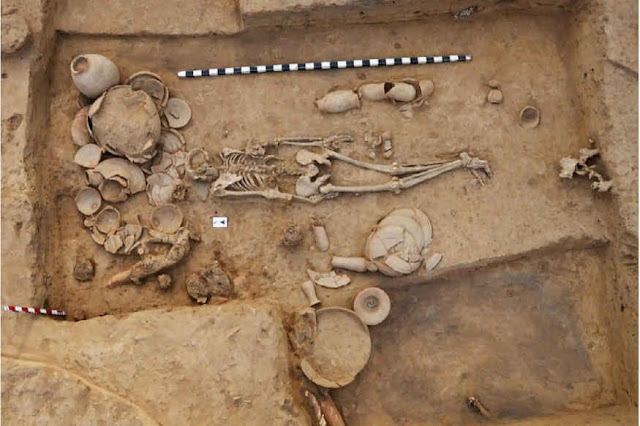
How was the study conducted?
The researchers looked at genome DNA data from 612 ancient skeletal remains of people who lived millennia ago. These included samples from eastern Iran, Central Asia, Pakistan, and India. They then compared this data with samples taken from 246 distinct groups living in India and Pakistan today.
What did they find?
The paper, which you can read in full here, builds on the genetic understanding that there were two separate groups in ancient India: Ancestral North Indians and Ancestral South Indians, or ANI and ASI. These two groups were, as Reich explains in his new book, “as different from each other as Europeans and East Asians are today.”
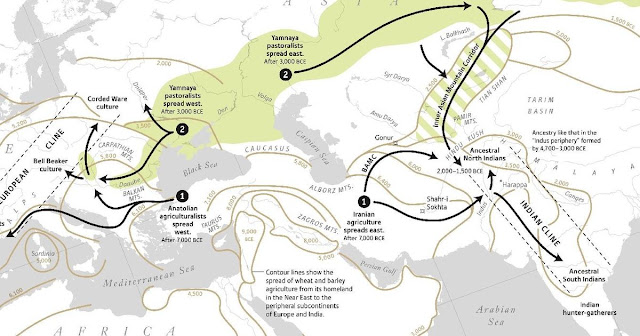
But where do these two populations, which solidify in around 2000 BCE, come from?
There are three potential groupings that, when mixed in various combinations, were responsible for the creation of the Ancestral North Indian and Ancestral South Indian Populations.
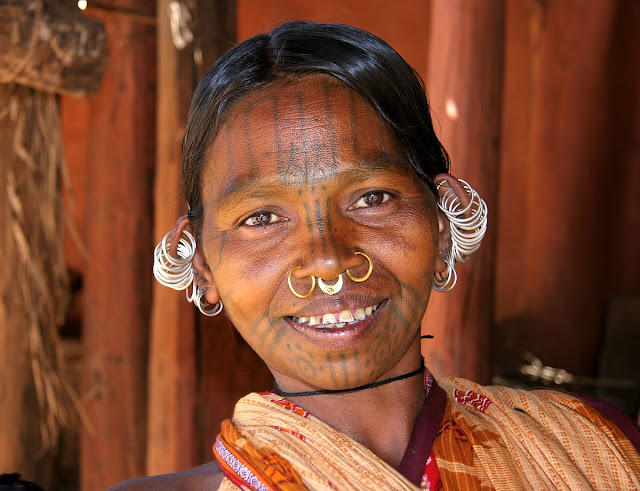
Ancient Ancestral South Asian Hunter Gatherers
The first are South Asian hunter-gatherers, described in this study as Ancient Ancestral South Indians or AASI, the oldest people of the subcontinent, related to modern-day Adivasis or scheduled tribes and scheduled castes of India.
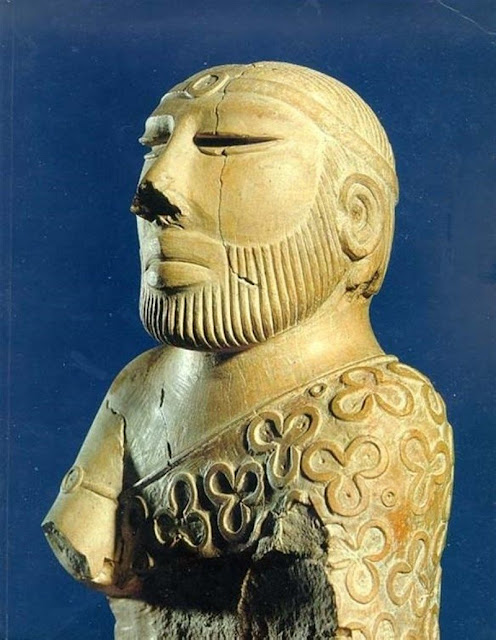
Iranian Agriculturists
Then there are Iranian agriculturists, who were known to have come to the subcontinent, possibly bringing certain forms of cultivation of wheat and barley with them. These included traders who worked with the Ancient Ancestral South Indians or AASI to transform raw materials into commercial objects they traded with the neighboring civilizations.
Steppe Pastoralists
And finally, there are the Steppe pastoralists, the inhabitants of the vast Central Asian grasslands to the north of Afghanistan, who were previously known as ‘Aryans.’ Pastoralists are nomadic people who moved with their herds. The species involved include various herding livestock, including cows, camels, goats, horses and sheep. The Eurasian Steppe is the vast eco-region of grasslands, savannas, and shrub lands. It stretches from Georgia, Bulgaria, Russia, and Kazakhstan.
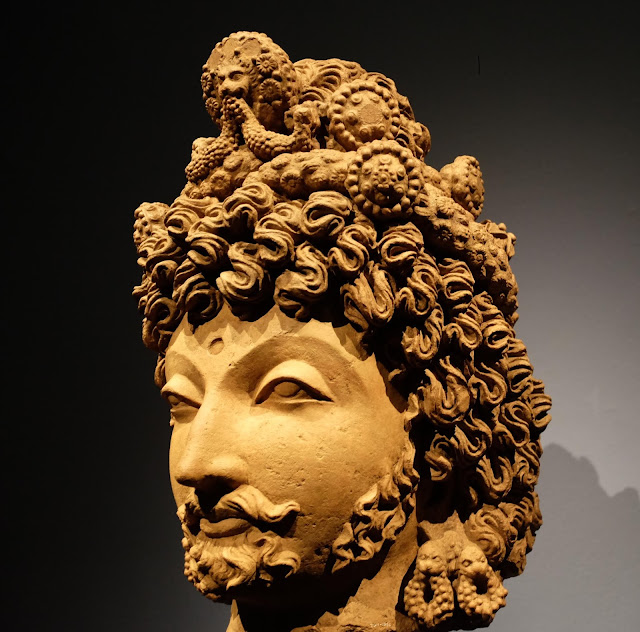
Formation of Indian Population
The make-up of Indus Valley periphery individuals is straightforward: a mixture of Iranian agriculturists and the South Asian hunter-gatherers. The study finds that two distinct combinations of these three ancestral populations created the subsequent Indian populations – the Ancestral North Indians and Ancestral South Indians.
Ancestral South Indian
The first Ancestral South Indians have the same basic mix as the natives of Indus Valley population: South Asian hunter-gatherers and Iranian agriculturists. The arrival of newcomer Steppe Pastoralists pushed some of them further southwards past the Vindhyachal mountain range. Upon arrival, they mixed more with the South Asian Hunter-gatherers already inhabiting the South Indian tropical forests.
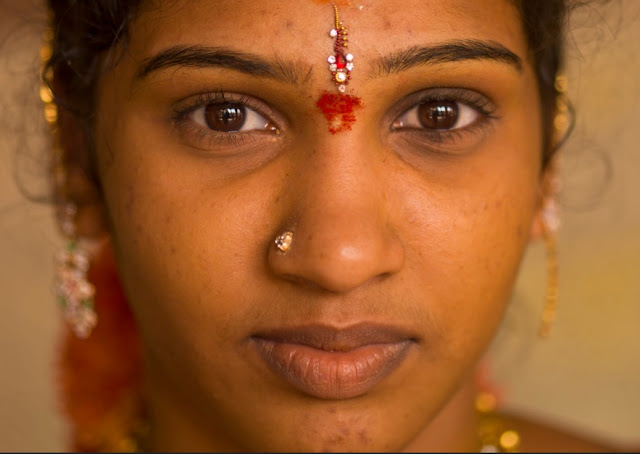
The result was the formation of the present day Ancestral South Indian. This is the ancestor group of all South Indians – Tamil, Malayali, Kannadiga, and Andhraites. The degree of blend from South Asian Hunterer-Gatherers is what differentiates these Dravidian subgroups.
The Vindhyachal mountain range have a great significance in Indian mythology and history. Several ancient texts mention the Vindhyas as the southern boundary of the Āryāvarta, the territory of the ancient Indo-Aryan peoples. Although today Indo-Aryan languages are spoken south of the Vindhyas, the range continues to be considered as the traditional boundary between north and south India.

Ancestral North Indian
And Ancestral North Indians have the same origin from Indus Valley: South Asian hunter-gatherers and Iranian agriculturists, But with one distinction. They have one more ancestry mixed in that is not found in Ancestral South Indians: the Steppe Pastoralists or, to use the old term, Aryans.
These Ancestral North Indians are the ancestors of all North Indians – Punjabis, Sindhis, Haryanavis, Western UP, Rajasthan, and Gujarat.
What does the paper conclude?
In simple terms, the mixing of Iranian agriculturists and South Asian hunter-gatherers first created the Indus Valley population. It was a metropolitan population where the traders, agriculturists, artisans, and hunter gatherers mingled.
Then around the 2nd millennium BCE, Steppe Pastoralists moved towards North Indian region now known as Punjab. There they encountered the Indus Valley population in a manner that was likely to have caused some amount of upheaval.
What appears to happen afterwards is that some of the Indus Valley population moves further south, mixing more with South Asian hunter-gatherers to create the Ancestral South Indian population.
Meanwhile, in the north, the Steppe Pastoralists mixed with the Indus Valley population to create the Ancestral North Indian population.
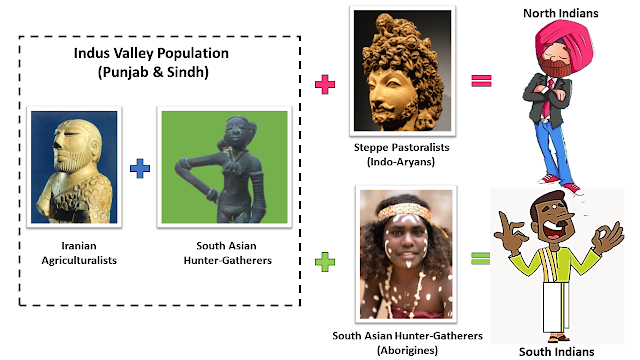
Most subsequent South Asian populations are then a result of further mixing between Ancestral North Indians and Ancestral South Indians.
This also means that the people of the Indus Valley Civilization are the bridge to most extant Indian populations. “By co-analyzing ancient DNA and genomic data from diverse present-day South Asians, we show that Indus Periphery related people are the single most important source of ancestry in South Asia.”
I conclude with my hypothesis that the original Punjabis and Sindhis from the Indus Valley Civilization were the parent ancestors of almost all Indians – North Indians as well as the South Indians.
The Indus Valley Civilization ancient DNA data from the Haryana site of Rakhigarhi has also added to this picture of the ancestry of South Asian populations – North Indians and South Indians.
_________________
Courtesy: Malicethoughts.blogspot (Published on March 31, 2020)